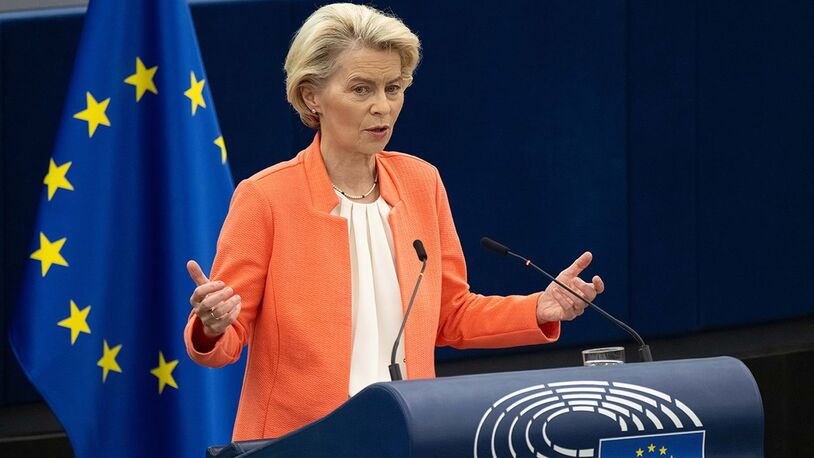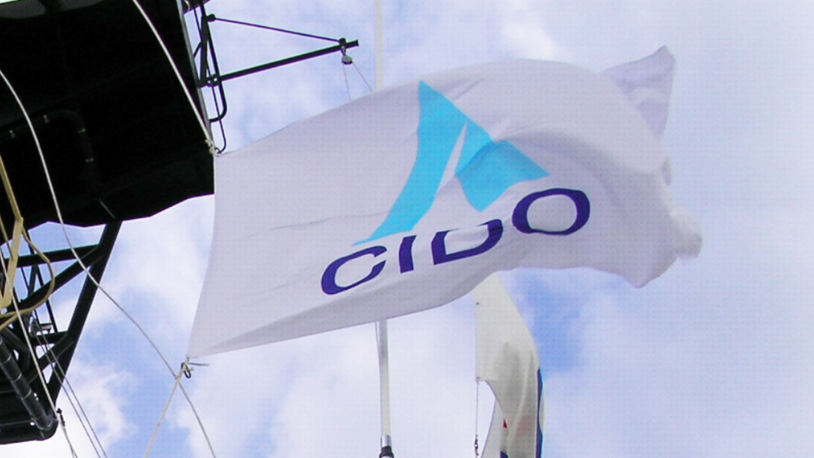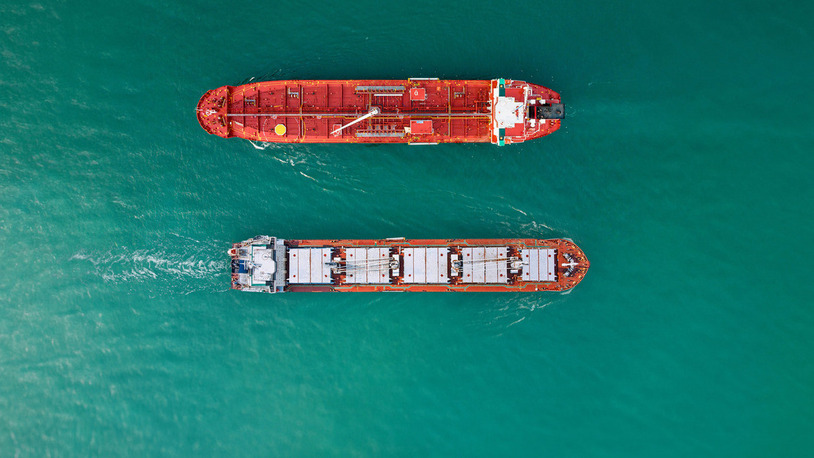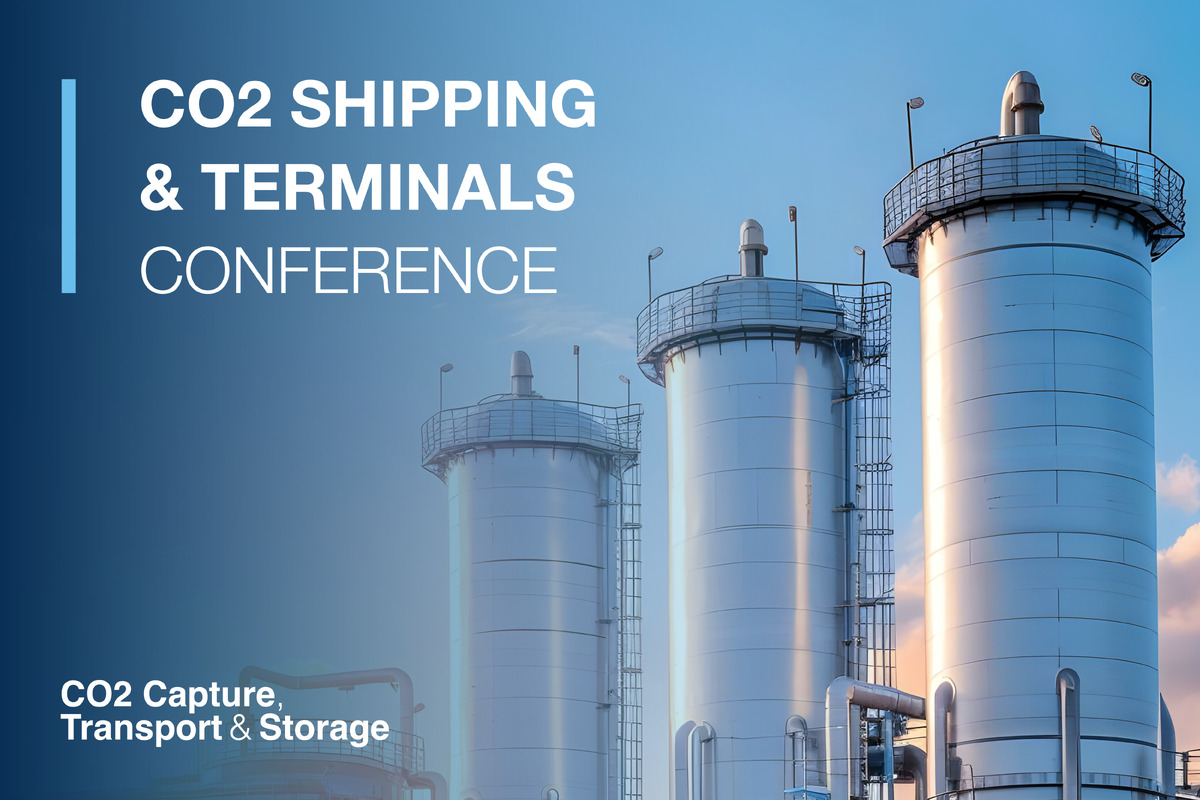Business Sectors
Contents
VLCCs buoyant, but market shows sign of slowing
With the notable exception of VLCCs, the first quarter of 2008 showed early signs of an ordering slowdown. Quite how much of this is down to the credit squeeze and perceived troubled economic times ahead is unclear. The worrying sign is that we may be witnessing a ‘winner takes all’ scenario with some in the market gambling beyond their means. Serious problems could lie ahead for the losers.
Currently, the VLCC is rescuing the big builders from a sticky situation. Owners are happy to pay a higher price for a vessel entering what they forecast will be a more stable market in 2010 and 2011 as there will be closer equilibrium between supply and demand following a big scrapping programme in 2010, the IMO deadline for the phase out of single hull tankers. Many yards are suffering from rocketing price increases in raw materials, especially steel. Ships contracted at much lower prices where steel was not immediately ordered are now costing much more than originally anticipated,hitting profits.
With orders beginning to fall however builders have to be very careful how they approach this problem. Any switch to fewer but larger tankers is therefore welcome for economy of scale. Korean yards are widely expected to increase prices by 3-5 per cent, nudging a VLCC up to around US$155 million. All the new designs are built to common structural rules which will help justify increases.
Japanese builders are likely to bid strongly for VLCCs and have berth space available for 2010 and 2011 delivery. Market indicators suggest at least another 12 VLCCs are in the pipeline driven by Middle East owners. The most upsetting thing for shipyards is owner resales of tonnage booked at much lower prices than today. This market enjoys brisk business yielding profits of 10-20 per cent over original contract price of which the builder sees nothing.
Another statistic underlining a changing trend is the demise of interest in the Suezmax. The attraction of this type ebbs and flows but lack of trading options is a factor. After initially satisfying Caribbean shipments as a favoured option over Aframax size, the latter has regained favour through lessons learned and applied to new designs. A key change was application of partial coatings and heating coils for carriage of dirty products, giving more trading options. Some existing units were also converted. The advance of the so called LR1 Panamax products tanker, which remains a niche size, also added to the problems of the Suezmax for the same reason. The latter is trapped between the lower sizes and the VLCC renaissance which is no stranger to two Suezmax cargoes delivered to different ports. Only one Suezmax tanker has been contracted this year.
Another market feature which is a massive gamble is the phenomenal expansion of shipbuilding capacity, much of which will be on stream by 2012. Growth in China is well documented but massive expansion is underway in South Korea and the Philippines. These sites are all geared to building big ships for economy of scale. Some owners have lost faith in Chinese expansion where orders are sought before completion of any ships or commissioning of the new shipyards.
Of chief concern is the lack of refund guarantees, which is becoming more of an issue in the current global credit squeeze. Orders which survive are to those yards with existing premises and orders but where expansion is needed for bigger ships. Sadly, Japan is still faced with observing a ban on expansion after the last world slump contributed to overcapacity when this nation was top of the shipbuilding league. A warning ignored at their peril by her competitors maybe?
For now the tanker sector continues to enjoy healthy times, accounting for almost one quarter of the world orderbook for all vessel types of around 10,000 vessels. Middle East refinery expansion is likely to dictate further orders from owners domiciled in the region. One area likely to enjoy more growth is the unsung feeder sector where many products and chemical tankers up to 5,000 dwt need replacement. Most of these are single hull designs which fell outside of the size limitation for compulsory double hull construction introduced in the early nineties.
HHI secures fifth Total FPSO contract
Hyundai Heavy Industries has won a further FPSO newbuilding contract from French oil major Total. The vessel, which has a storage capacity of two million barrels of oil and will be able to produce 160,000 barrels of oil and five million cubic metres of natural gas per day, will be built at Hyundai’s Ulsan shipyard and is due for delivery late 2011. This is the fifth consecutive FPSO order HHI has secured from Total.
MES delivers Mare Aegeum
Italian owner Fratelli d’Amico Armatori has taken delivery of the 110,000 dwt double hull crude oil tanker Mare Aegeum from Mitsui Engineering & Shipbuilding’s Chiba Works.
Eitzen swells Chemical City Class Pool
Eitzen Chemical has taken delivery of Sichem Onomichi. A 13,104 dwt chemical carrier with Singapore flag, it was built at Sekwang Ship Building in Korea, and joins the Eitzen Chemical City Class Pool.
The vessel follows delivery of Sichem Hong Kong, a 13,000 dwt chemical and oil carrier from 21st Century Shipbuilding at the end of last year.
GMV invests in Global newbuilds
Global Carriers is about to take delivery of the first of two 7,000 dwt product tankers on order at China’s Ningbo Shipyard. The second will follow later this year. The orders were placed at the end of 2006 and the combined contract price was US$19.96 million.
Malaysian venture capital fund Global Maritime Ventures has taken a 49 per cent stake in the vessels. Global Carriers and Global Maritime Ventures have formed two joint venture companies, Harum Prima Sdn Bhd and Gerbang Mestika Sdn Bhd, which will own the vessels.
Second Prisco ice class Aframax set for delivery
Keel laying on the second vessel in a series of six Aframax tankers ordered by Prisco at Hyundai Heavy Industries has taken place with full delivery slated for July.
The 104,000 dwt Zaliv Amurskiy, a 1C ice strengthened tanker, is being classed by DNV. The lead vessel in the series, Zaliv Amerika, was delivered in January.
VLCC contracted for US$163 million
Greek shipmanagement company Minerva Marine has ordered a 318,000 dwt double hull VLCC, C Prosperity, from Hyundai Heavy Industries’ Ulsan Yard for delivery in 2009. The reported contract price is US$163 million.
Soli Shipyard completes product tanker sale
Turkish shipyard Soli has sold a quartet of 19,900 dwt product tankers to Greece’s Remi Maritime. The double hulled IMO II ice class 1A vessels are reportedly costing US$40 million each. Two are slated for delivery this year, with the other two contracted for 2009. The vessels are 149m long, 23m wide and will have a service speed of 14.5 knots. In common with most Turkish yards, Soli builds vessels on a speculative basis for resale, hence the early delivery times.
Crowley takes delivery of articulated tug-barge
Crowley Maritime Corporation has taken delivery of the fourth of 10 new 185,000-barrel articulated tug-barge (ATB) tank vessels that the company will add to its fleet by the end of 2010.
Crowley’s petroleum services division is chartering the VT Halter Marine-built ATB from Crowley’s technical services group, and operating it for BP under a time-charter agreement.
Crowley already has four, 155,000-barrel ATBs and three 185,000-barrel ATBs operating and has announced plans to build three larger 750-series (330,000-barrel capacity) ATBs for delivery by the middle of 2013. Once all vessels are received, the fleet will stand at 17. TST
Related to this Story
CMB.Tech 'positive' on IMO's new framework, hails ammonia as 'the way forward'
IMO’s net-zero plan poised to pressure ageing fleet with rising costs
Events
Reefer container market outlook: Trade disruption, demand shifts & the role of technology
Asia Maritime & Offshore Webinar Week 2025
Marine Lubricants Webinar Week 2025
CO2 Shipping & Terminals Conference 2025
© 2024 Riviera Maritime Media Ltd.













